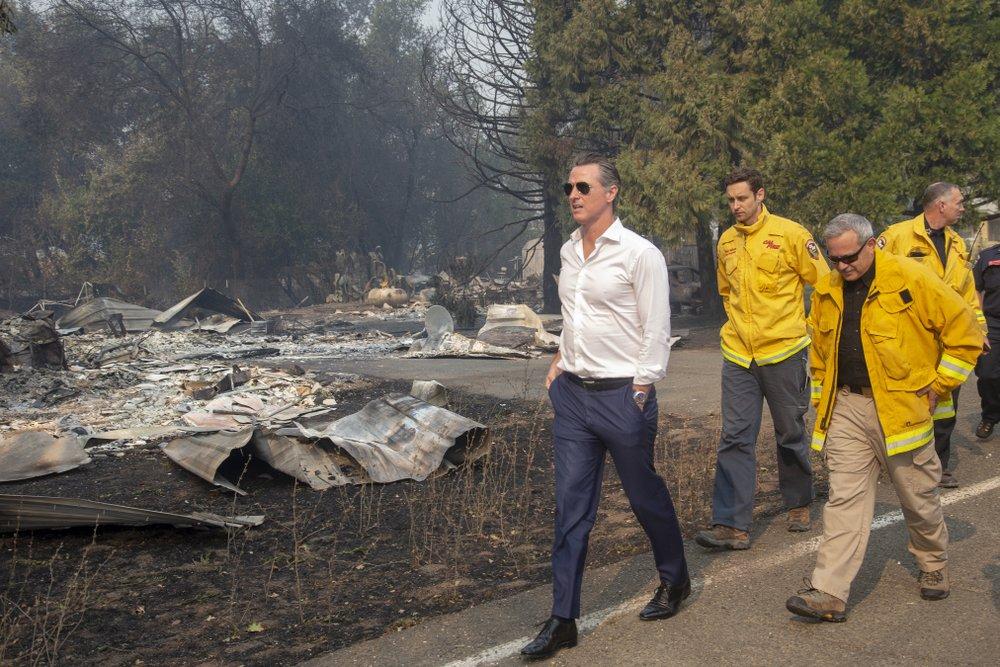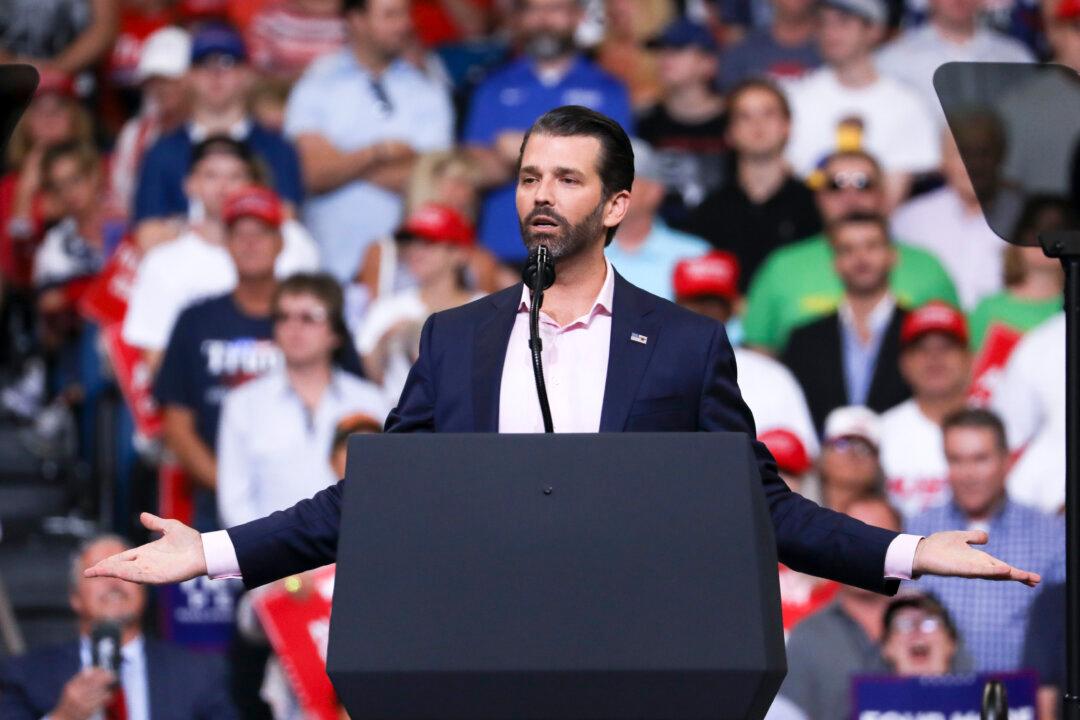A coalition of 15 attorneys general filed a lawsuit this week in the U.S. Court of Appeals for the District of Columbia Circuit to challenge a final rule that would allow the transportation of liquefied natural gas (LNG) by specially reinforced rail tank cars in the United States.
Up until now, the transportation of LNG by train in the United States required a special permit, and was then only possible in portable tanks fixed to rail cars.





